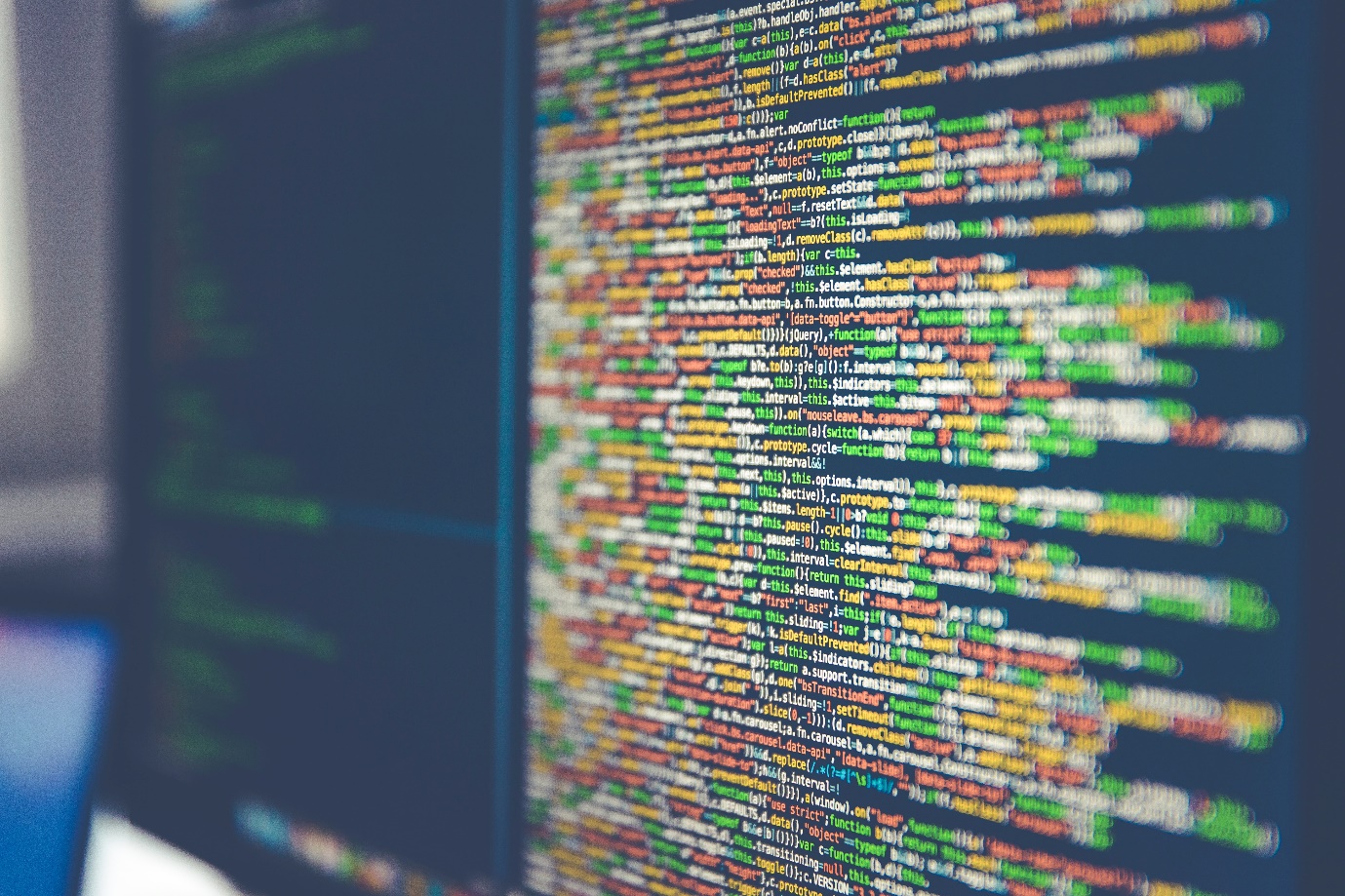As per the US Bureau of Labor studies, the number of software jobs in the US alone is 1,365,500, with a median salary of $105,000. Software Engineers are computer professionals who use programming languages and tools to build software products and systems. It is an attractive job that pays well, is in demand, and can be extremely satisfying.
So what does a typical day in the life of a software engineer look like? That depends on the kind of environment you’re working in. Corporate software engineers have a different day than startup engineers. Full-time employees have a different schedule than freelance engineers. Outsourcing vendors may work on a different time than regular employees. The journey of software engineers can be different, but all have the same set of activities.
For this article, let’s think of a character. Her name is Suzan; she’s a full-time software engineer in a software development company. She works in a metro city, full of opportunities and enthusiasm. Here’s how her typical day looks like.
Early Morning (6- 7:30 am)
There are two types of software engineers – the ones that begin their day early and finish at a reasonable hour (6 -6:30 ish) or the ones that start late and work well into the night. Both are equally good and productive. It all depends on personal preferences.
Suzan prefers mornings, as there are fewer people in the office. By 7 am, she finishes her breakfast, takes a shower, puts on her clothes for the day, and leaves for the office. The commute takes around 20-30 min, depending on traffic.
During the commute, Suzan likes to listen to music, audiobooks, and radio shows. She reaches the office by 7 am. The first thing she does is read emails to see if anything needs immediate attention. If it does, she replies to it, or else she begins her work for the day.
Morning( 7:30 am – 9:30 am)
Typically, all experienced software engineers write a series of comments in their code to remember exactly where they left off last time. These comments jumpstart their thought process as to exactly where to begin and what they’re supposed to do. Suzan begins coding, stopping only to say the occasional good morning to the colleagues who have started coming in. She is very productive, fueled by morning energy and caffeine.
Late morning (9:30 am to 12: 30 PM)
Late morning is the time when everyone gathers around and has a standup meeting about what they’re doing right now. Most software development companies work with the Agile model, in which the project is divided into small sprints, a 1-2 week time period focused on a single part of the project.
If Suzan completes the coding part, she will fill out a change request to deploy that project on the production system. She can only make changes to the production system after testing.
There are many other occasional things the software engineer may have to do. Suzan may have to interview people for a certain position. She may have another meeting with her product manager regarding her ongoing work. Or if she needs to collaborate with other developers, she can do that too. Many software outsourcing companies have a feedback model. It’s always good to get a second set of eyes on projects.
Break Time (12: 30 pm – 1: 30pm)
It’s the time when Suzan has her lunch. She may sit with her colleagues or alone and eat her food. Break Time is the time to socialize with people, discuss their personal lives, and talk about things that are not related to work.
Afternoons (1:30pm to 5: 30pm)
More work. For Suzan, this is the second-best time of the day to work. She may do a few code commits and test them. She may also focus on bug fixing for existing applications. For client projects, there is often an onsite team. Suzan may discuss with the onsite team regarding the product issues they’re having and how they are going to move further.
Then comes the client meeting, where Suzan may have to present facts and figures related to the software and how the development is going. Usually, the team leads, and the product manager do most of the talking. There might be a meeting with designers too, where Suzan has to collaborate with the front-end team. Front-end developers are client-side developers, who developed the interface for the application using HTML, CSS, and Javascript.
Evening (5:30pm – 6:30pm)
This is the time for the final checks of the day. She prepares the comments for tomorrow and sends her last emails. Most application outsourcing companies have a flexible routine, and employees can leave at their own time. So after completing her daily tasks and preparing for the next, Suzan begins her way back home. The commute might take a little longer, now that there’s traffic on the road, but Suzan can fill that time with audiobooks, songs, and radio.
Late Evenings(6:30 pm – 9:30 pm)
This is the time for Suzan to tend to herself. She might have a hobby like playing the guitar, reading books, etc. She might also have some other projects she might be working on her time. Or she might have a TV series to finish. Whatever it may be, these are the final hours of her day. After this, she sleeps.
Schedules for different types of software engineers may vary. If an engineer is on call, she might have to log in if there’s an issue at night. If it’s a DevOps engineer, she might have to work in shifts. But one thing that’s common for most of them is their love for coding and the ability to handle complex situations while creating something new and amazing every day.








It looks like a normal workday for any other office worker. Just different responsibilities. However, the job of a software engineer involves a lot of attention and concentration. It must be exhausting.